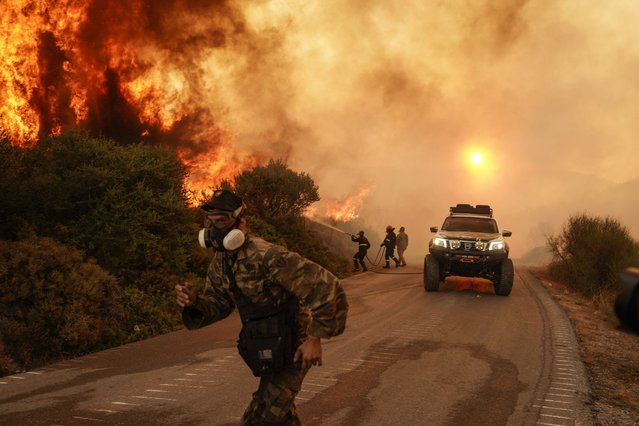
Actor George Clooney is arrested with his father Nick Clooney (2R) during a demonstration outside the Embassy of Sudan March 16, 2012 in Washington, DC. United to End Genocide, the Enough Campaign and Amnesty International held a rally to call on the United States and world leaders to stop the violence in South Sudan and prevent hundreds of thousands of people from starving. (Photo by Win McNamee/Getty Images)
18 Mar 2012 09:43:00,post received
0 comments







